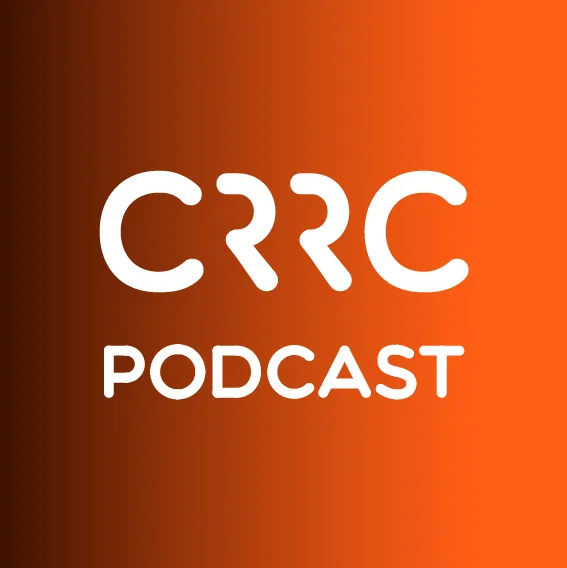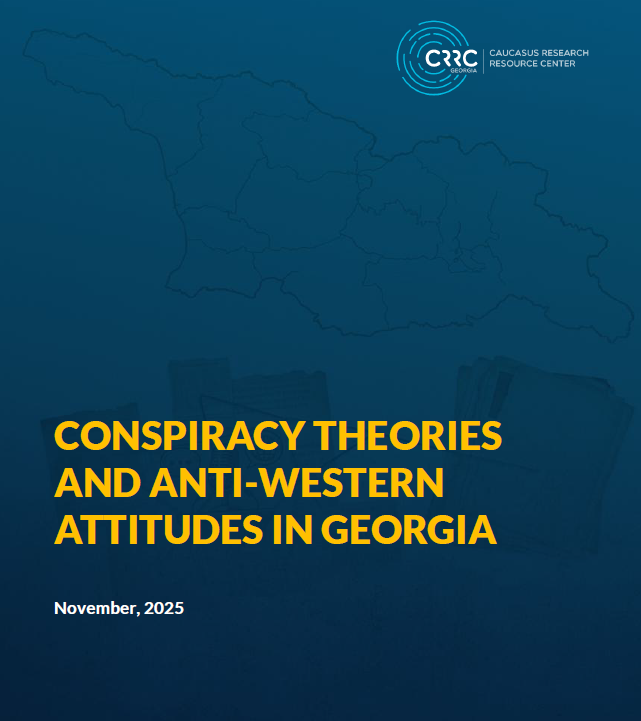Last month we wrote a blog post on gender imbalance in the South Caucasus showing that there is an abnormal high number of boys being born in the region. Several comments were posted on the blog site that brought attention to abortion rates in Armenia, Azerbaijan and Georgia.
Prior to the collapse of the Soviet Union, induced abortion was used as a means of fertility control due to the lack of effective contraception methods. According to the Alan Guttmacher Institute and the World Health Organization, the number of induced abortions worldwide started decreasing in the mid 1990s and the most dramatic decline occurred in Eastern Europe. In the South Caucasus, however, abortion rates remain high.
Data show that the South Caucasus countries have among the highest abortion rates in the world. The official number of induced abortions is not extremely high but this statistics should also not be considered completely reliable due to underreporting. According to UN data from 2004-2005 there are nine abortions per 1 000 women of reproductive age (15-49 years) in Azerbaijan, 13.9 Armenia and 19.1 in Georgia. This can be compared to for example 1.3 in Austria and 5.7 in Croatia. The most alarming numbers can be found in Russia though with more than 50 abortions per 1 000 women of reproductive age. Nevertheless, data from other sources present higher abortion rates for the South Caucasus. The Reproductive Health Surveys from the Centers for Disease Control and Prevention, and a Demographic Health Survey in Armenia (both from 2005) look at total abortion rates, which is the expected average number of abortion a woman will have during her reproductive years. The total abortion rate is 1.8 abortions per woman in Armenia, 3.2 in Azerbaijan and 3.7 in Georgia. Thereby the abortion rates in Georgia are the highest in the former Soviet Union and are estimated to be among the highest in the world.
It is being argued that the reason for the high abortion rates in the South Caucasus is the lack of modern contraception. The prevalence of modern contraception methods (the percentage of women of reproductive age, married or in union, currently using contraception) was, according to UN statistics, 13 percent in Azerbaijan in 2006, which is among the lowest of the former Soviet Union countries and below most other countries in the world. As a point of comparison, the prevalence in the U.S. was 68 percent in 2002.
High abortion rates have consequences both for the individual woman and for the society as a whole. Abortions bring health risks, especially in countries such as Georgia where the government’s spending on health care is low and most people do not have access to adequate health care. Some abortions take place outside of medical facilities, leading to complications and in some cases even deaths. Even in cases of legal abortions there is a risk of post-abortion medical problems when the quality of medical service is low. According to a survey carried out by the Open Society Institute’s Network Public Health Programs, half of all Georgian women consider abortion a health risk. Moreover, according to data from the UN, the fertility rates in the South Caucasus are among the lowest in the world. In Azerbaijan, the fertility rate is 1.82, in Georgia 1.41 and in Armenia 1.39 (the world average is 2.55). It means for example that the Georgian population is expected to decrease from 4.2 million in 2010 to 3.3 million in 2050. You can read more about the implications of low fertility rates on the UN Population Division website.
To return to the previous blog post on gender imbalance, the societies’ preference for boys is nothing new but the practice of selective induced abortion has put this preference into practice. The distorted sex ratios in the South Caucasus question the explanation that high abortion rates are a matter of lack of access to contraception methods. We have found little up-to-date information on this and would be grateful if anyone can post links with references to relevant research on abortion in the South Caucasus.







